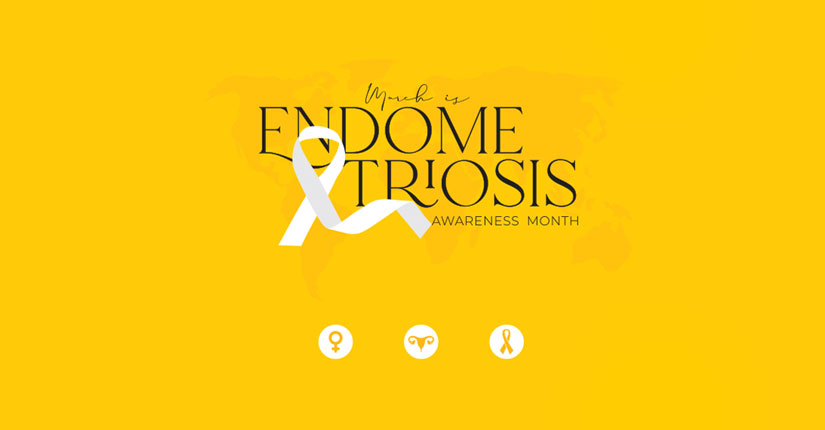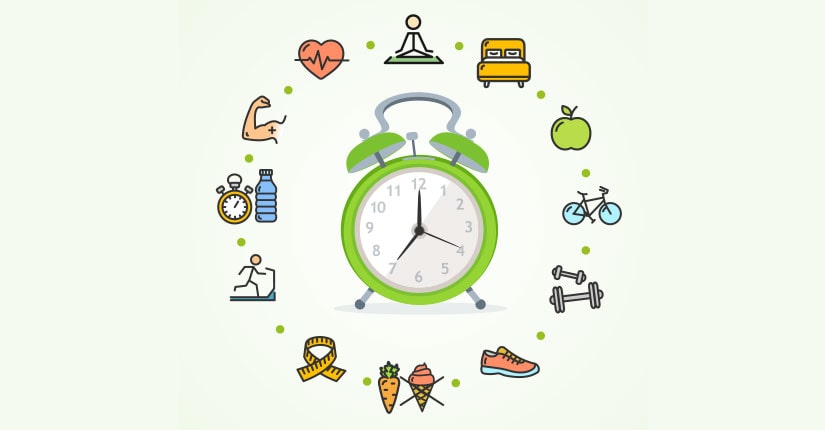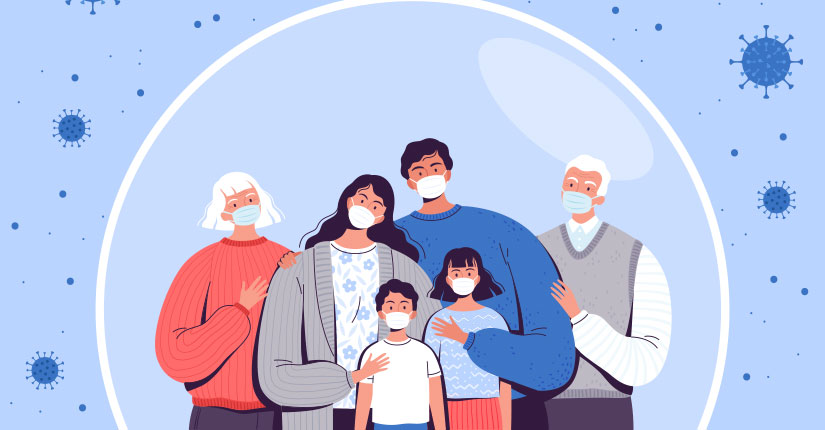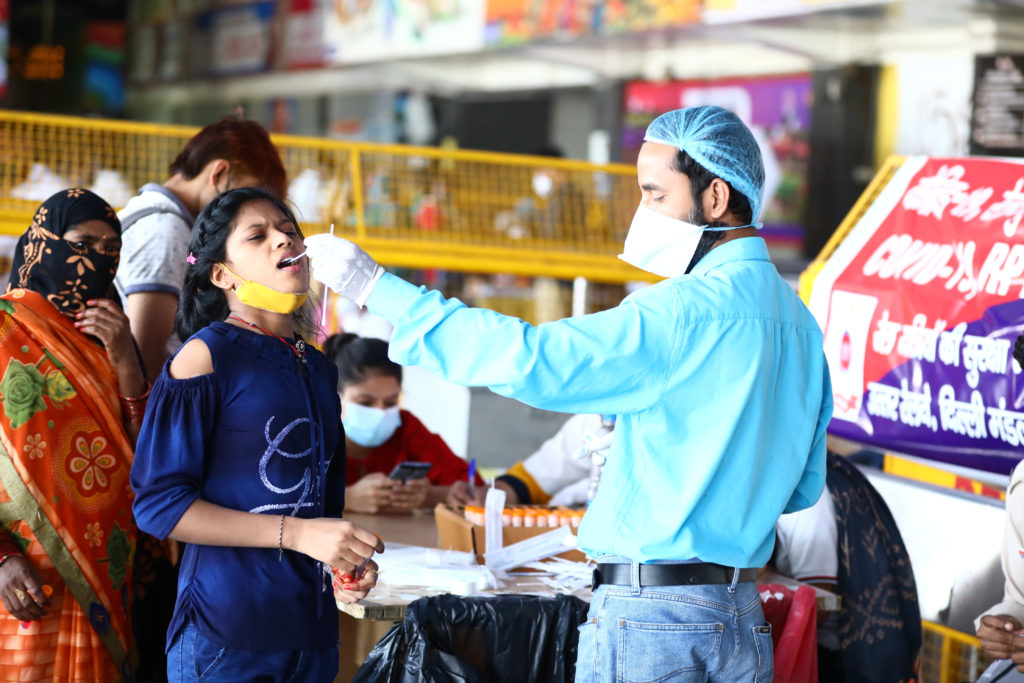The Burden of Malnutrition & Hunger- How You can Bring a Change
By Nmami Agarwal 06-Jun 2020 Reading Time: 8 Mins
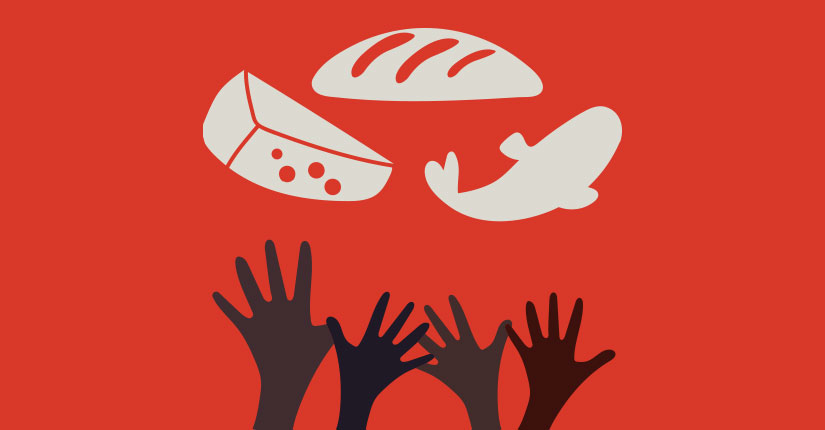
World Health Organization (WHO) describes malnutrition as a deficient, excess, or imbalanced intake of nutrients for proper tissue and organ function, and it encompasses both overnutrition and undernutrition.
Hunger can be temporary while not having enough to eat for a mealor a day or can be recovered from when the person does not get enough to eat to maintain his or her physical needs over many days, weeks, months or years but when a person has a hunger for a sustained period of time, he or she can develop malnutrition, either mild or severe which is hard to recover from, depending on one’s body needs and food intake.
The most common underlying causes of malnutrition are grouped into three categories:
- household food insecurity
- inadequate care and feeding practices
- unhealthy household environment and lack of health services
Possible consequences of malnutrition
Overnutrition is defined as a condition of excess nutrient and energy intake over time, may be regarded as a form of malnutrition when it leads to morbid obesity
Undernutrition is due to improper food supply or inability to use the nutrients in food, possibly resulting in micronutrient deficiencies, stunting (low height for age), wasting (low weight for height), or underweight (low weight for age)
The term ‘Chronic malnutrition’ defines a lower intake of nutrients than the body needs over a long period of time.
This type of undernutrition can make young children appear to be:
- stunted in height, underweight,
- delayed in basic developmental activities such as brain function, and
- more prone to disease.
Undernutrition can also cause:
- bleeding gums and swollen,
- dizziness and fatigue, and
- decaying teeth, among other symptoms
What you can do to bring a change:
Malnutrition is not only common in kids but can be seen in the elderly as well. With declining health and progressive years of age, the elderly change their food choices, develop a less liking to have food, and become just as picky eaters as kids.
- Encourage healthier food choices
- Healthy snacking
- Try a variety and develop new food tastes
- Consider adding supplements
- Encourage exercise
- A little social work
- Pay attention to the 1,000-day window
- Focus on females’ health
- Expand reach through community health workers
Choose foods that are full of nutrients, such as fruits, vegetables, whole grains, and lean meats. Help kids and elderly limit his or her intake of solid fats, sugars, alcoholic beverages, and salt. Suggest ways to replace less healthy foods with better and healthier choices.
Binge on healthy foods as it is a good way to get extra nutrients and calories between meals. This might be especially helpful for older adults who quickly get full and avoid full meals or already have reduced appetite.
In old age, even when on a restricted diet, herbs and spices can help restore flavor to bland foods. Encourage kids to consume a new variety of foods. Serve them in different forms like soups, juices, smoothies if they reject once.
With age absorption capacity of the body reduces and amount of food intake as well. Not generally kids but elderly for sure can benefit from supplements. Take advice from their doctor about possible healthy and safe options.
Even a little bit of exercise can help improve your kids or elderly’s appetite and keep his or her bones and muscles strong, thereby improving blood circulation and enhancing better absorption of nutrients.
Visit a retirement community or nursing home or pay attention to the household help or their kids that work at your place. Notice if you see signs of being malnourished and bring it to their attention and create a plan to improve nutrition. You could try just as simple as creating awareness or supplying them ration, educating them about healthy and cheap food sources or help them visit a doctor or get supplements under medical advice or to explore other possible options if they suffer from severe malnutrition.
A child’s first 1,000 days are very crucial and need focus. Nutrition of mothers and children during this period is essential; this effort can have a long-term effect on growth, health, and intellectual capacity. Kids who manage to survive malnutrition in their early years show stunted growth and delayed cognitive development, keeping at-risk their future productivity and therefore income.
Several pregnant women cannot access basic health services until the fifth or sixth month of their pregnancies if at all and as a result, their children start their lives already malnourished. If we prioritize and work on the health of women and girls, we can build a strong nutritional foundation, reduce pregnancy complications, reduce infant and maternal mortality rate, and improve fetal growth and development chances.
Engaging in community health or working with community health workers can help to bring nutrition services to those most vulnerable to malnutrition, and their capacity to show better results get strengthened.
Over to you
Malnutrition can be tackled if we all join hands to come together and fight against it. If each one of us contributes by doing our bit, we can build a healthier nation.

